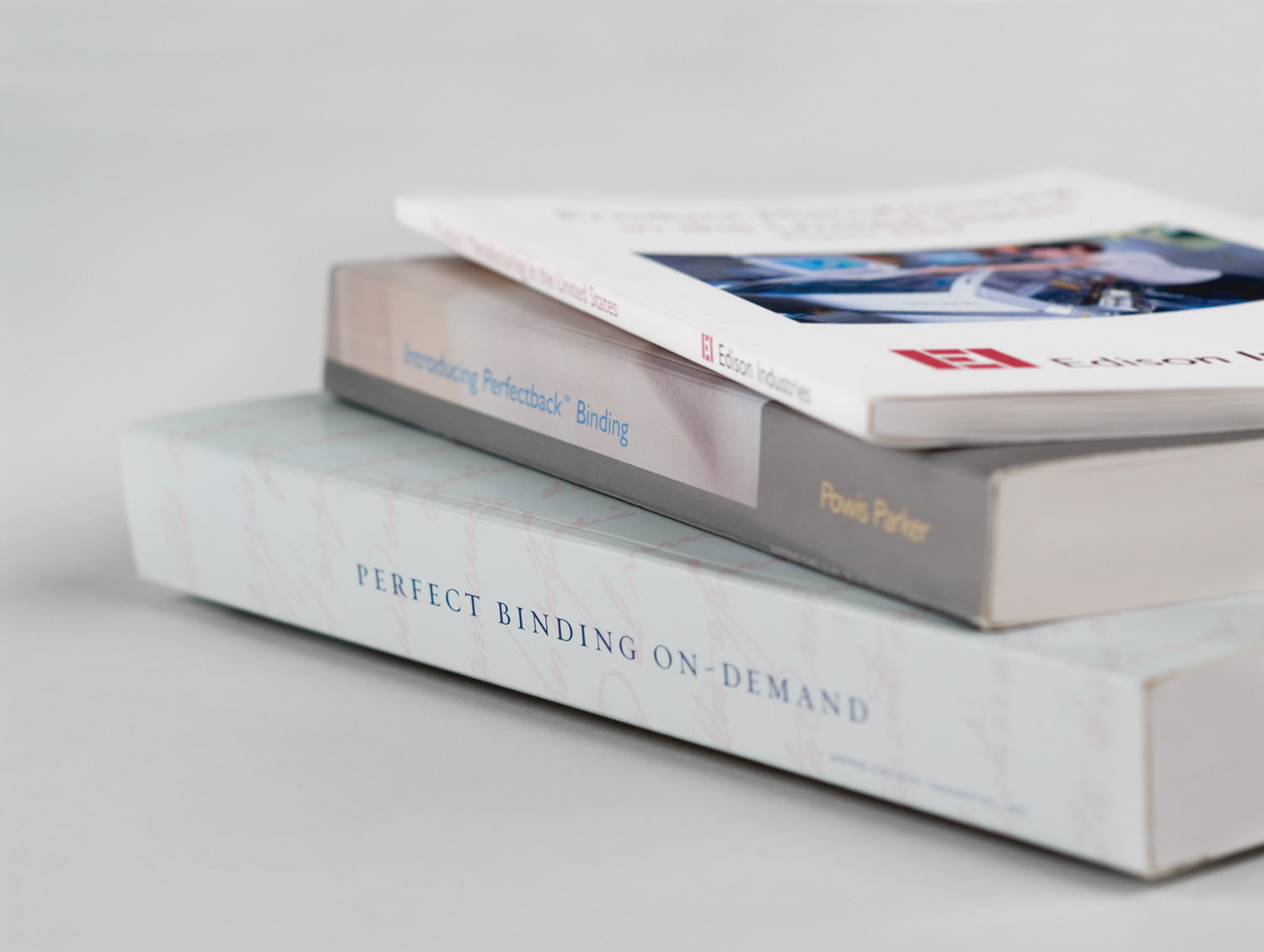Mastering Thermal Book Binding with JustBinding
Welcome to JustBinding, your trusted partner in document finishing solutions. Since 1999, we've been empowering businesses and institutions with dependable tools to achieve polished, professional documents. Today, we’re diving into thermal book binding—a method celebrated for its neat appearance and long-lasting results. Whether you're just starting or looking to enhance your skills, this guide will walk you through the essentials of thermal book binding, including equipment like thermal book binders, glue strips, and pouches.
What is Thermal Book Binding?
Thermal book binding is a straightforward process that uses heat to bind documents. Here’s a quick overview:
- The thermal book binder heats glue strips inside a cover or pouch.
- Pages are placed inside the cover, and the heat melts the glue to secure them.
- Once cooled, the adhesive provides a strong and professional finish.
This method is favored in offices, schools, and print shops for its simplicity and quality. To explore the history of bookbinding, visit The Evolution of Bookbinding.
Advantages of Thermal Book Binding
Thermal book binding offers several benefits that make it a top choice for document finishing:
- Quick and Easy: Bind documents in minutes, perfect for fast-paced environments.
- Long-lasting: The glue strips ensure a durable bind, even with frequent handling.
- Professional Look: Achieve a sleek, polished appearance that enhances document presentation.
- Versatile: Suitable for various documents, from reports to manuals.
For a comparison with other binding types, see What's in a Bind? 4 Types of Book Binding – Pros and Cons.
Essential Equipment and Supplies
To get the best results, you need the right tools. Here's what you'll need:
- Thermal Book Binder: Choose a model based on your document volume and size needs.
- Glue Strips: High-quality strips ensure a strong, lasting bind.
- Thermal Pouches: These protect your document and enhance its professional look.
Consider eco-friendly options to minimize environmental impact. Learn more about sustainable practices at Sustainable Bookbinding.
Step-by-Step Thermal Book Binding
Here’s how to bind your documents using thermal methods:
- Gather Materials: Ensure you have a thermal book binder, glue strips, and thermal pouches.
- Prepare Document: Align pages properly. Use a paper jogger if available.
- Select Cover: Choose a cover that fits your document's thickness.
- Set Up Binder: Heat the binder according to the manufacturer's instructions.
- Insert Document: Place pages into the cover, ensuring contact with the glue strip.
- Bind Document: Insert into the binder and heat for the recommended time.
- Cool and Finish: Allow to cool and trim any excess material.
Safety Tip: Handle the binder with care as it heats up.
Troubleshooting Common Issues
Here are solutions to common binding problems:
- Pages Not Sticking: Check glue placement and binder temperature.
- Uneven Binding: Ensure pages are aligned and secured during binding.
- Overheating: Adjust temperature settings to prevent glue seepage.
- Cover Misalignment: Use guides to ensure proper positioning.
For persistent issues, consult your binder’s manual or contact the manufacturer.
Conclusion
Thermal book binding is an excellent choice for anyone seeking a professional and durable document finish. At JustBinding, we offer a wide range of thermal binding machines and supplies to meet your needs. Explore our website for more information on how we can support your document finishing projects.

